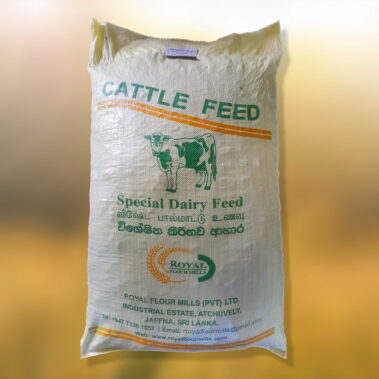Our Laboratory
Today, animal feed manufacturing is very competitive, although not all feeds are suitable for farm animal consumption due to inconsistent feed quality. Quality control and assurance have to be there for a farm owner to confidently purchase the animal feed from a supplier with the trust that he is going to feed the best for his farm animals.
The establishment of a feed mill laboratory can ensure every input and output from the process is tested for feed quality and assuring the quality of final feed. The best quality control system involves personnel being properly trained to ensure a high level of organisation, documentation and policing of various procedures and processes necessary to guarantee the basic quality of feed ingredients and feed and best technology and some automation to ensure accuracy in the feed products. Every quality control program should include periodic laboratory analysis of ingredients and feed.
Laboratory analysis is essential to predict the nutritive values of fed ingredients and feed, to avoid contaminants and to detecting adulterants. To achieve optimal animal performance, well balanced diets that satisfy nutrient requirements of the animal is mandatory and for producing these diets accurate formulation is essential. The most accurate formulations result when laboratory analysis of ingredients is available. Success of a quality control program hinges on collection of representative samples for laboratory analysis. Great care is taken to ensure samples are representative of material so that lab results reflect the nutrient content of the ingredient or feed being sampled.




















